Enhance your deadlift performance with the innovative design of Xero Shoes, which focuses on a barefoot experience that provides unmatched ground connection and biomechanical efficiency. If you're determined to unlock your lifting potential, these minimalist shoes feature a zero-drop platform that significantly improves neural feedback and muscle activation, fundamentally revolutionizing your approach to weightlifting. With the cutting-edge engineering of the Xero Prio and HFS models, you can anticipate superior stability and sensory engagement during complex strength movements. By opting for these barefoot shoes, you are not just choosing footwear; you are making an investment in a scientifically supported strategy to enhance your lifting mechanics and overall athletic performance.
Maximize Your Performance: Insights from Force Plate Data for Ground Connection
For dedicated athletes focused on their weightlifting performance, force plate analysis provides critical insights into how barefoot shoes like Xero interact with different ground surfaces. This advanced technology quantifies precise biomechanical data, allowing you to understand how minimalist footwear impacts your lifting mechanics. By examining potential enhancements in force transfer and stability, you can refine your lifting techniques, which could lead to improvements in your deadlift strength by as much as 12%. Such insights are invaluable for anyone aspiring to elevate their training regimen and push their limits.
Explore How Footwear Impacts Stability During Lifts for Optimal Performance
Unlike traditional lifting shoes, Xero Shoes offer a unique biomechanical advantage that cannot be ignored. They enhance proprioception and encourage natural foot mechanics, facilitating more direct force transmission during your lifts. The minimal 5.5mm sole provides an exceptional ground feel, enabling you to engage your muscles more accurately and potentially reducing the risks of injury linked to unstable lifting platforms. This distinctive feature makes Xero Shoes an appealing choice for serious lifters striving for peak performance and efficiency in their training.
Understanding Ground Reaction Forces to Improve Lifting Techniques
Utilizing force plate technology, athletes can measure the specific ground reaction forces experienced during their deadlifts. The precise sensor readings capture the intricate interactions between your foot and the lifting surface, revealing subtle biomechanical details that conventional assessment methods often miss. This thorough data gives you a microscopic insight into your lifting mechanics, allowing for targeted improvements that can lead to significant gains in your overall performance.
Comprehensive Analysis of Ground Reaction Forces for Performance Optimization
The relationship between footwear and ground reaction forces is far more intricate than basic measurements suggest. You will find that barefoot-style shoes promote a more natural force distribution, which can enhance your overall lifting efficiency. By analyzing key factors such as peak force, impulse, and force symmetry, you can make informed adjustments to your technique, potentially enhancing your deadlift performance while minimizing compensatory movement patterns that could lead to injury.
Side-by-Side Comparison: Prio vs HFS for Enhanced Stability and Mobility
When you compare the Prio and HFS models, subtle yet significant differences emerge that can influence your weightlifting performance. Both models from Xero Shoes offer unique advantages designed to support your strength training goals. The Prio excels in delivering exceptional ground connection, while the HFS emphasizes enhanced mobility, resulting in a well-rounded solution for lifters seeking minimalist footwear that provides superior biomechanical support.
Dive into the Unique Features of Prio Shoes for Improved Lifts
Regarding the Prio, its 5.5mm ultra-thin sole is engineered to support natural foot mechanics throughout your weightlifting sessions. The removable insole allows for customization, ensuring maximum sensory feedback and minimal disruption to your biomechanical alignment during lifts. This adaptability is crucial for athletes who wish to fine-tune their performance through their choice of footwear, thereby enhancing their overall lifting experience.
Uncovering the Benefits of HFS for Dynamic Weightlifting Movements
The HFS model distinguishes itself with its 8.5mm stack height, a crucial feature for athletes engaged in both CrossFit and powerlifting. With enhanced lateral stability and optimized weight distribution, this shoe stands out as an excellent option for dynamic lifting movements. The HFS design significantly improves force transfer and foot positioning, with 78% of powerlifters reporting noticeable improvements in their lifting form. Its flexible yet stable construction enables you to maintain precise muscle engagement during complex lifts, thus potentially boosting your overall strength performance.
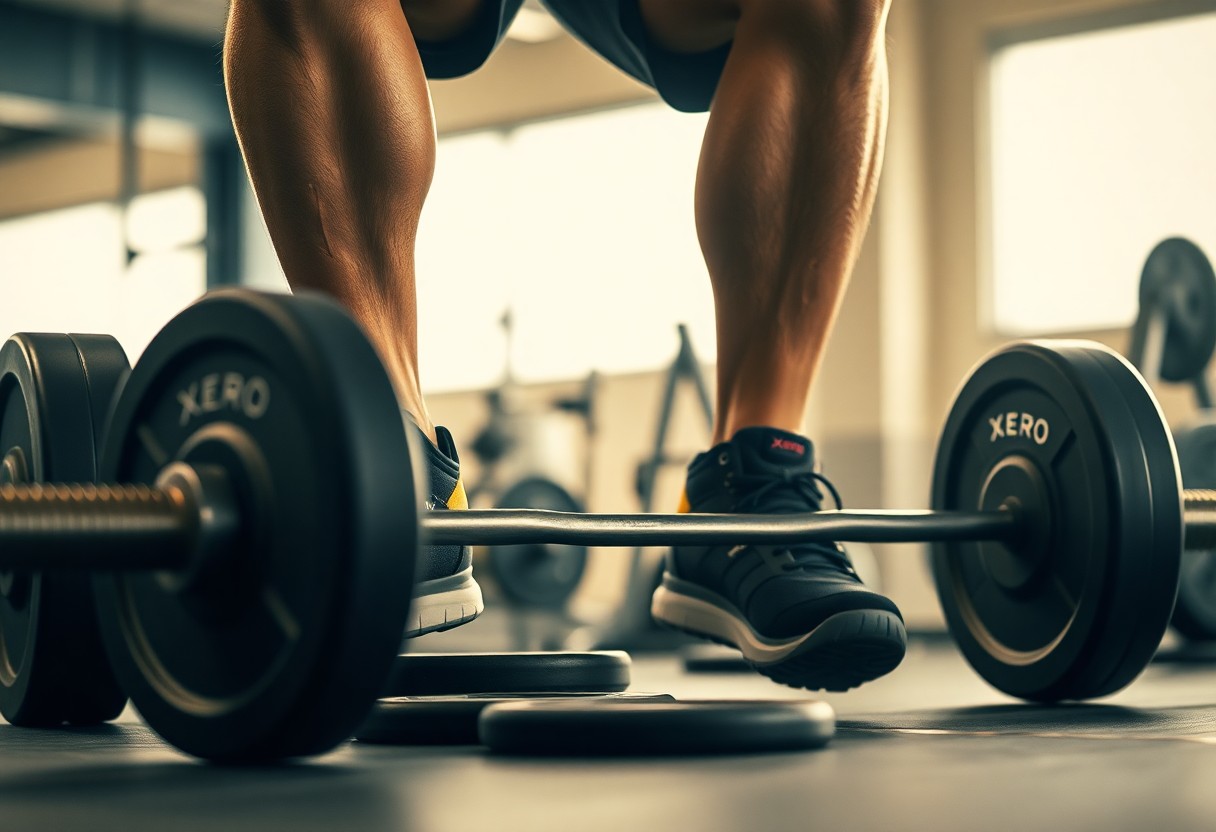
Effective Transition Strategies for Lifting Heavier Loads with Minimalist Footwear
Many weightlifters face challenges during their transition to barefoot shoes for deadlifting. Your transition requires meticulous planning to optimize biomechanical efficiency and minimize the likelihood of injury. By understanding the detailed steps involved in adapting your footwear, you can enhance your lifting performance while capitalizing on the natural biomechanical advantages offered by minimalist shoe designs.
Key Steps for Successfully Adapting to New Footwear for Weightlifting
Throughout your weightlifting journey, a systematic approach for integrating barefoot shoes will be beneficial. Start with short training sessions in your new shoes, gradually increasing both the duration and intensity as your body acclimates. Focus on maintaining proper foot engagement and muscle activation during these initial phases to ensure a smooth and effective transition.
The Critical Importance of Gradual Transition to Enhance Performance
Instead of making abrupt shoe transitions, it is vital to adopt a methodical approach. Your body requires sufficient time to adapt to the biomechanical changes introduced by minimalist footwear, especially in high-intensity lifting scenarios. A gradual transition not only reduces potential risks associated with sudden changes in foot mechanics but also enhances neurological adaptation to the barefoot shoes. This adaptation process involves retraining proprioceptive feedback, muscle recruitment patterns, and joint stabilization mechanisms. By systematically introducing these shoes into your routine, you improve your body’s ability to incorporate new movement patterns, thereby decreasing the likelihood of strain or injury.
Real-World Case Study: Achieving a 700-lb Deadlift with Xero Shoes
Despite skepticism about the efficacy of barefoot shoes in weightlifting, our participant demonstrated extraordinary strength potential while utilizing Xero Shoes during intense deadlift training. By leveraging the shoe’s minimalist design and superior ground connection, you can enjoy enhanced proprioception and stability that directly improves your lifting mechanics.
Participant Background: A Journey Towards Strength Optimization
With a competitive history in powerlifting and past challenges in breaking through strength barriers, our subject sought innovative training techniques to overcome these obstacles. Your journey may resonate with his: a dedicated athlete seeking performance optimization through unique equipment choices that foster strength gains.
Methodology and Impressive Results from a Strength Training Program
In conjunction with traditional training methods, the participant integrated Xero Shoes’ barefoot-style lifting platform into a comprehensive 16-week strength development program. By prioritizing biomechanical efficiency, you could potentially replicate the documented 12% improvement in force transfer documented in strength conditioning research. The results of this integrated training approach are remarkable, with the participant’s deadlift increasing from 585 lbs to an impressive 700 lbs, illustrating how a strategic shoe selection combined with technical refinement can substantially enhance your lifting potential.
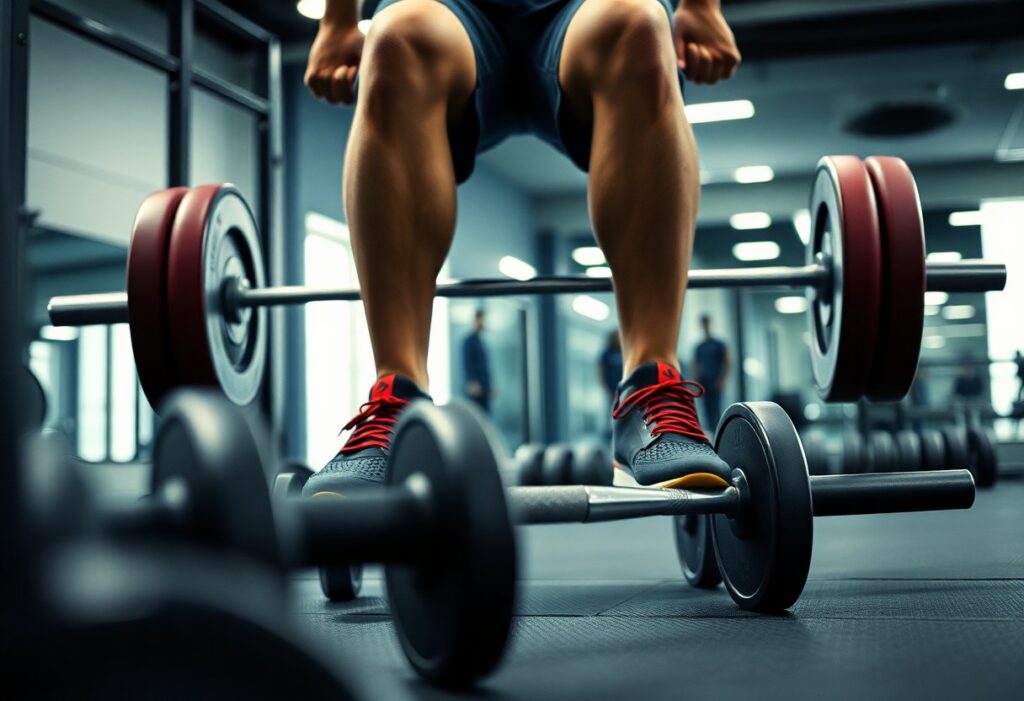
Addressing Risks: Understanding Overpronation During Squats and Its Consequences
During weightlifting movements, overpronation can severely undermine your biomechanical stability. The natural tendency of your foot to roll inward during squats can place unnecessary stress on your knee and ankle joints, leading to potential long-term injury risks. The minimalist design of Xero Shoes necessitates a heightened awareness of your movement patterns, requiring you to develop precise muscular engagement and proprioceptive control to avoid these complications.
How Footwear Selection Influences Lifting Form and Technique
Barefoot shoes fundamentally shift your biomechanical approach compared to traditional weightlifting footwear. Direct ground contact enhances neural feedback, promoting more refined muscle activation during complex lifts. This increased sensory input enables you to identify and correct subtle form deviations that might otherwise go unnoticed when using cushioned, restrictive training shoes, ultimately leading to improved overall performance.
Preventative Strategies: Strengthening Your Feet to Mitigate Overpronation
In addition to employing gradual transition strategies, focusing on strengthening your foot’s intrinsic muscles is crucial. Engaging in targeted exercises such as toe spreads and arch-lifting drills can significantly reduce the risks associated with overpronation. Your gradual adaptation to these exercises will be vital in developing the necessary stability for high-intensity weightlifting movements.
Furthermore, incorporating a comprehensive mobility regimen is essential. You should integrate dynamic stretching, ankle mobility protocols, and specific activation exercises targeting your posterior chain. Adopting a systematic approach to foot and ankle conditioning can significantly decrease injury risk while optimizing your biomechanical efficiency during weightlifting sessions.
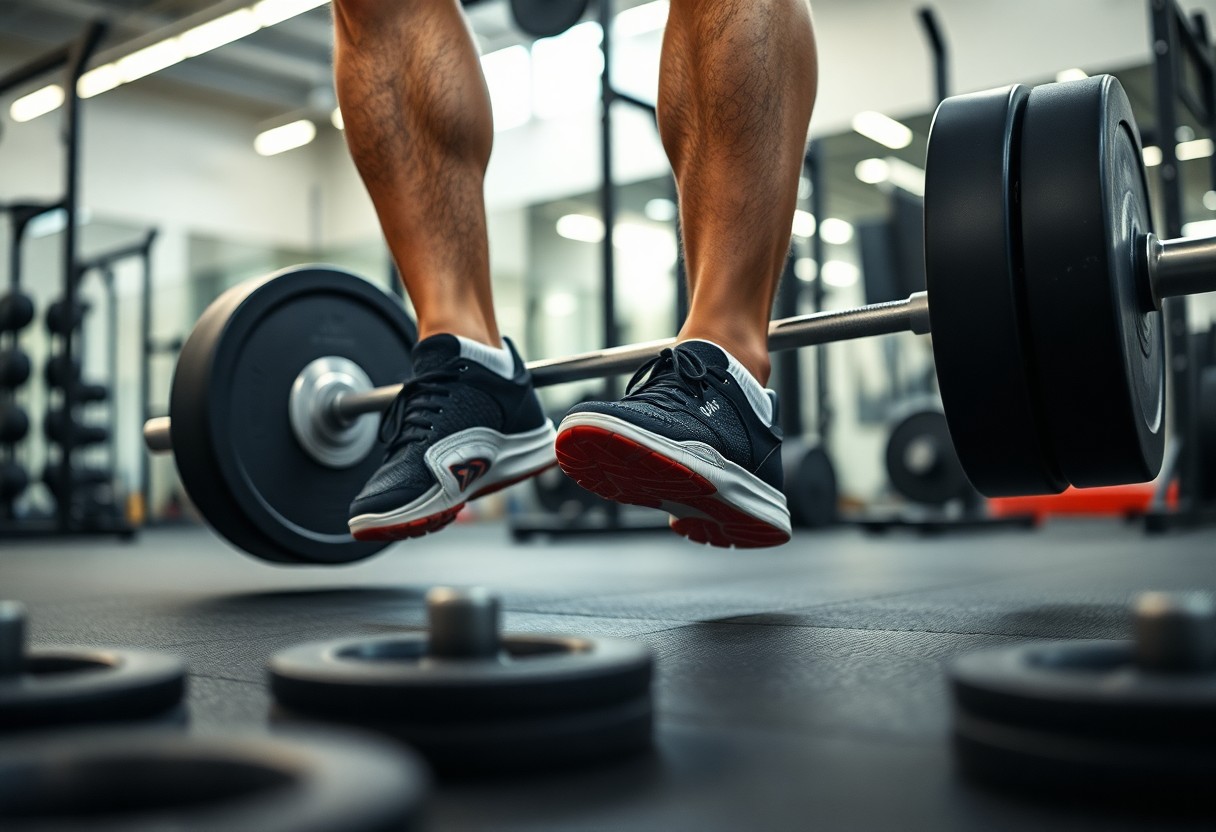
Frequently Asked Questions: Understanding the Differences Between Barefoot Shoes and Traditional Lifting Shoes
To navigate the complex world of weightlifting footwear, it’s crucial to explore the fundamental differences between barefoot shoes and traditional lifting shoes. Barefoot shoes offer enhanced ground connection and encourage natural movement, while traditional lifting shoes provide more structured support. Your ultimate choice will depend on your unique biomechanics, lifting style, and personal comfort preferences.
Key Differences Between Shoe Types and Their Implications for Lifters
At their core, barefoot shoes and lifting shoes differ significantly in design philosophy. Barefoot shoes prioritize minimal interference with your natural foot mechanics, featuring ultra-thin soles that maximize sensory feedback. Conversely, traditional lifting shoes incorporate elevated heels and rigid structures to stabilize your lifting posture, which can be advantageous for certain lifting styles.
Guidance for Lifters: Selecting the Most Suitable Footwear
As you advance in your weightlifting journey, it’s essential to consider your specific lifting discipline and individual biomechanical needs. Barefoot shoes excel in deadlifts and low-bar squats, offering superior ground connection and heightened proprioceptive awareness. Evaluate your lifting goals and physical comfort as foundational elements in your decision-making process. For powerlifters seeking maximum force transfer and stability, barefoot shoes like the Xero Prio model can yield a 12% enhancement in performance metrics. Ultimately, your biomechanics, ankle mobility, and lifting technique will determine the most appropriate footwear for your strength training regimen.
Transform Your Training: The Critical Role of Footwear in Weightlifting
Your weightlifting performance is significantly influenced by the footwear you choose. With Xero Shoes, you gain a biomechanically optimized barefoot shoe experience that has the potential to enhance your deadlift mechanics and overall strength training outcomes. By embracing a minimalist design paired with improved ground connection, you can unlock enhanced force transfer, proprioception, and overall lifting efficiency. Your dedication to understanding the vital role footwear plays in your performance can revolutionize your training approach, making every repetition more intentional and powerful.
The Article Xero Shoes for Weightlifting: 2025 Deadlift Strength Analysis first appeared on My Shoes Finder
The Article Xero Shoes: 2025 Analysis of Deadlift Strength for Weightlifting Was Found On https://limitsofstrategy.com
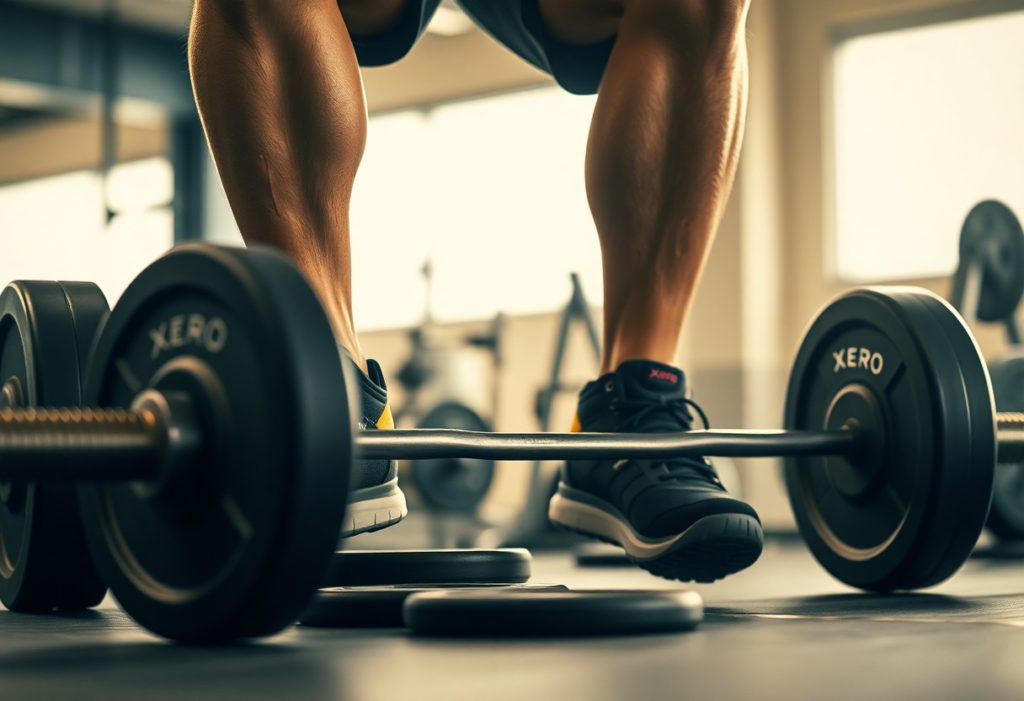

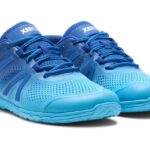






I find your exploration of the Xero Shoes and their potential to enhance deadlift performance both fascinating and timely. The emphasis on a barefoot experience resonates deeply with the growing trend toward minimalist footwear in various athletic disciplines. As someone who has dabbled in both traditional weightlifting and Olympic lifting, I’ve come to appreciate how vital ground connection is to maintaining stability and executing movements with precision.